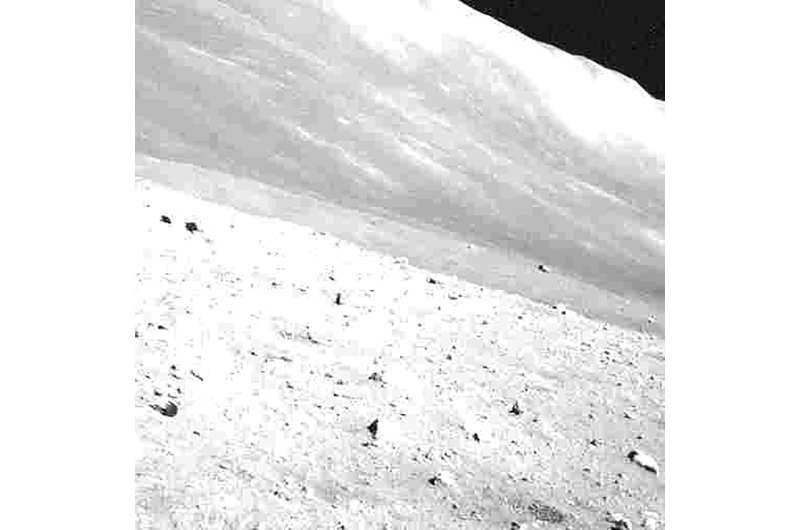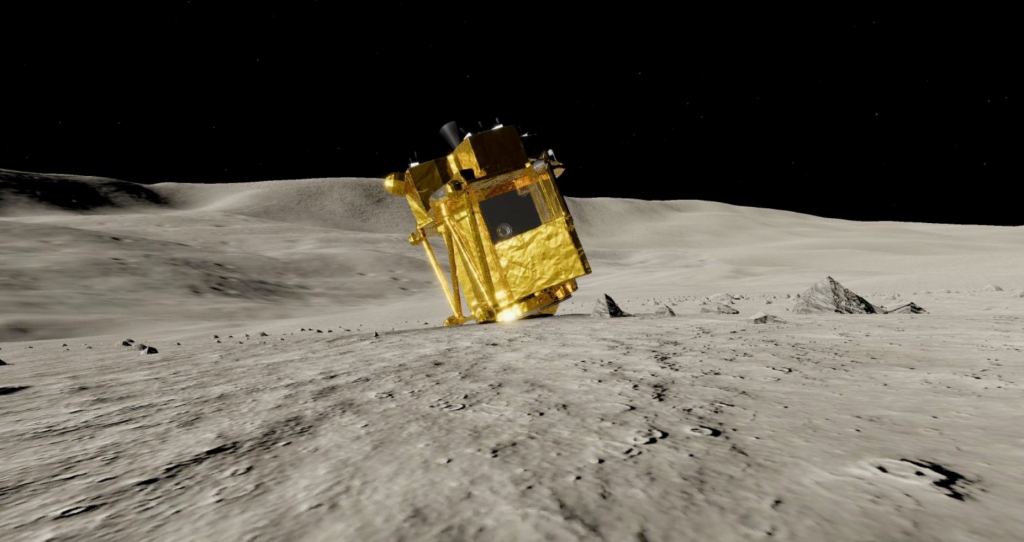Space travel and exploration was never going to be easy. Failures are sadly all too common but it's wonderful to see missions exceed expectations. The Japanese Space Agency's SLIM lunar lander was only supposed to survive a single day but it's survived three brutal, harsh lunar nights and is still going. The temperatures plummet to -170C at night and the lander was never designed to operate into the night. Even sat upside down on the surface it's still sending back pictures and data.
The Japanese agency's lunar lander known as SLIM (Smart Lander for Investigating the Moon) began its lunar journey on 19 January 2024 when it touched down on the surface of the Moon. Its mission was to test the lunar landing technology and to collect data about the surface geology.
Unfortunately, soon after landing it became clear that the probe had landed at a strange angle, leaning forwards, resting on its face. The orientation of the solar panels was all wrong and it meant they could not generate as much electricity as expected allowing it to operate for a few hours just after dawn and just before sunset.
Of course it is important to note that a day on the Moon lasts many days compared to a day here on Earth and so, the first night for SLIM began on 31 January. Surprisingly, SLIM survived the first long night where temperatures to -170 degrees. SLIM was never designed to survive the cold harsh nights on the Moon so it was with some surprise that it powered back up successfully on the 15 February.
The operations team for SLIM were disbanded in March but to their surprise, after the second lunar night, a signal was received again. Surpassing everyones expectations it seems SLIM wasn't going to give up yet and still sending images. The lander was even picked up after its second night by cameras on board the Chandrayaan-2 orbiter as it flew over.
Just a few days ago on Wednesday 24 January, JAXA, the Japanese Aerospace Exploration Agency announced it had survived a third night on the freezing lunar surface. Using the plucky littler lander which measures just 1.5m x 1.5m x 2m, the agency hope to be able to learn more about the origin of the Moon by analysing the surface geology.
One of the fascinating elements to the mission was the pinpoint landing technology that was being tested. On descent, the lander would be able to recognise the craters using technology that has been developed by facial recognition systems. Using the data, it would be able to determine its location with pinpoint accuracy and perform a touch down with an accuracy of 100m. The landing was successfully accurate albeit slightly wobbly leaving the lander in a strange orientation.
source : Japan's moon lander wasn't built to survive a week long lunar night. It's still going after 3
 Universe Today
Universe Today

